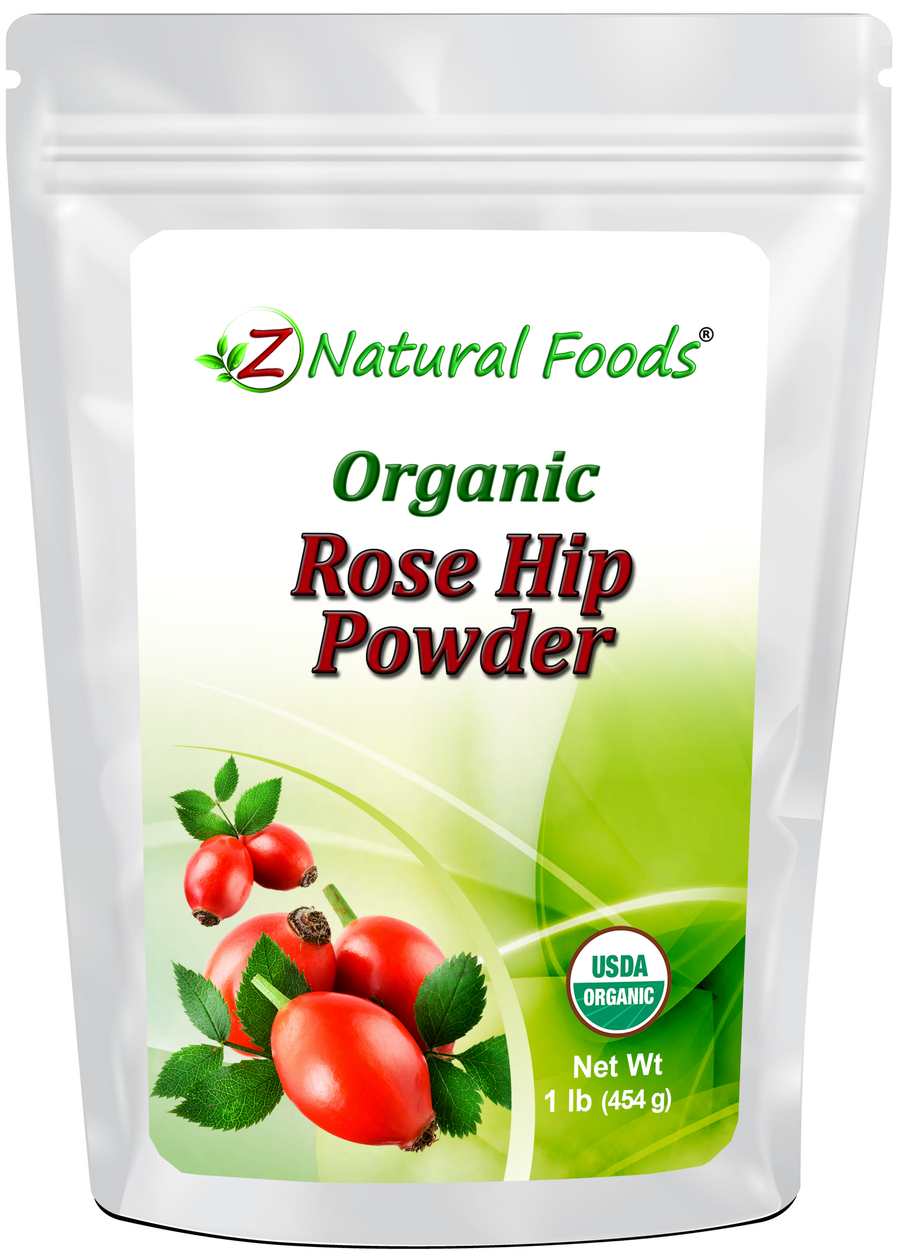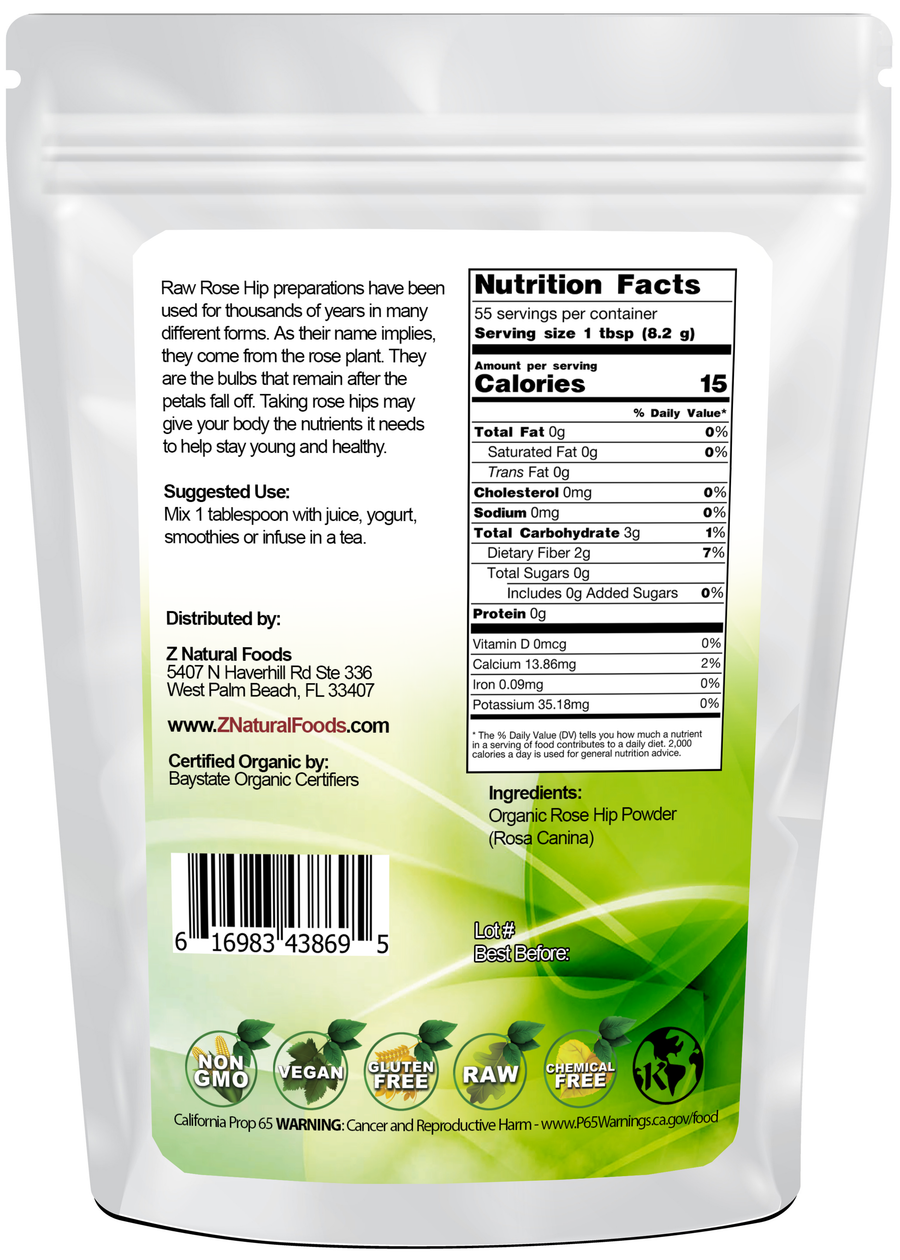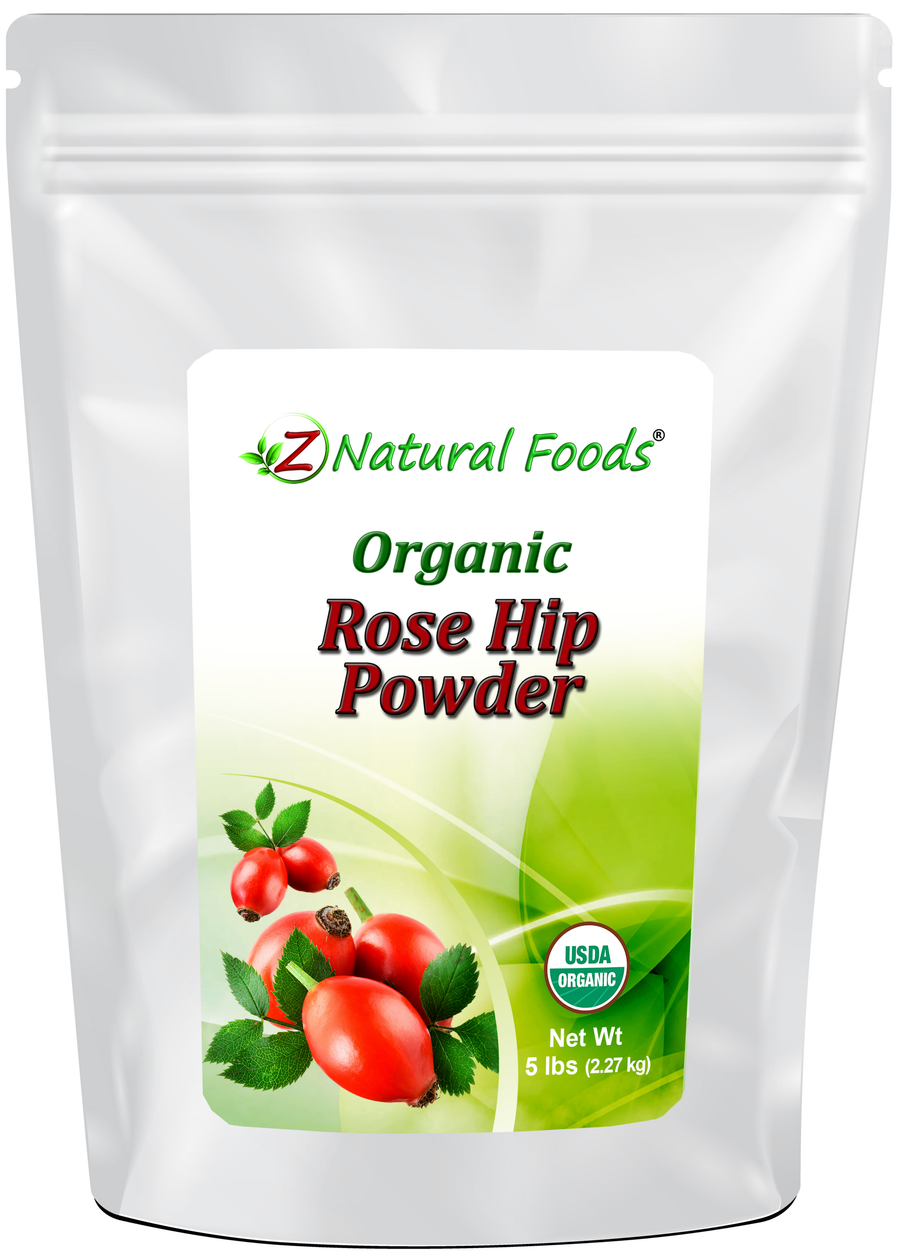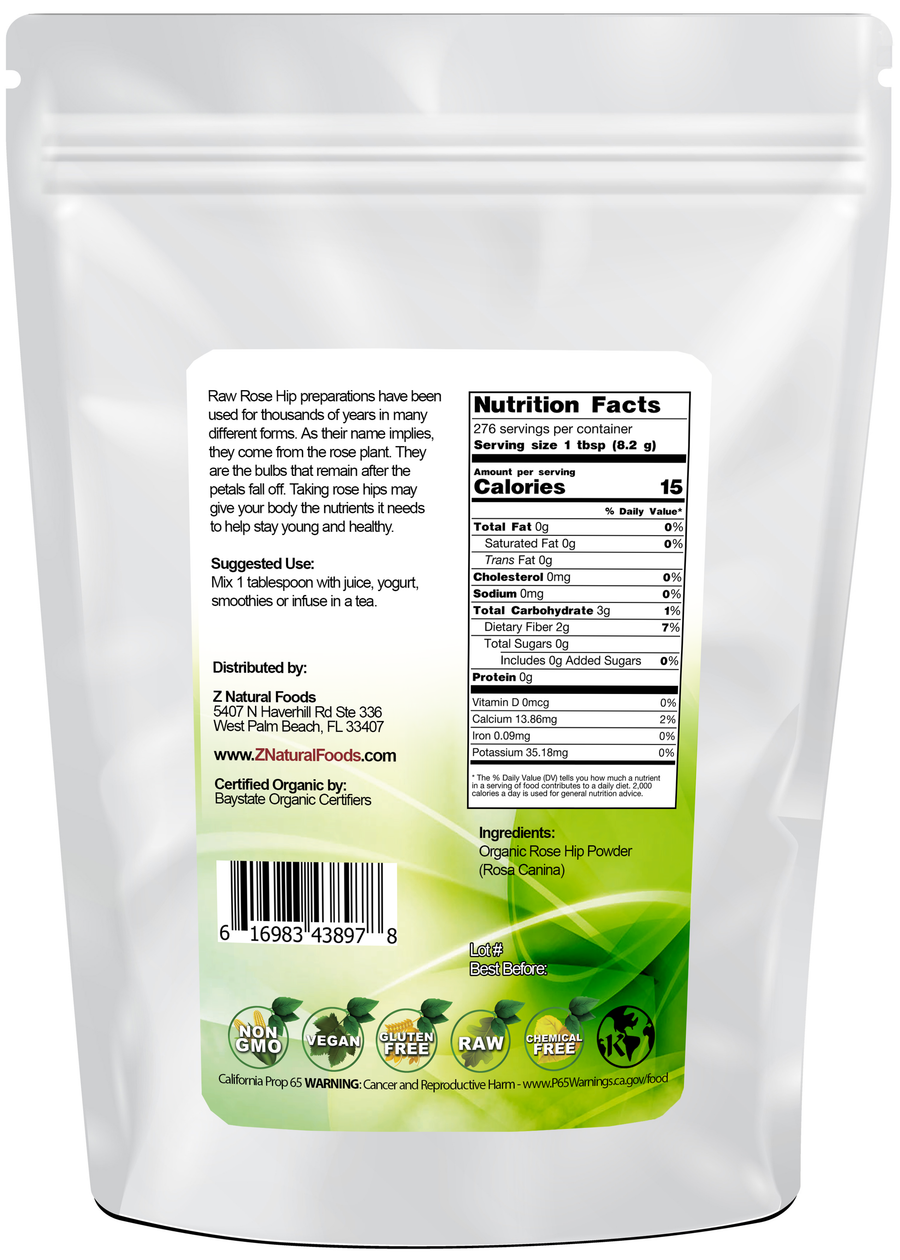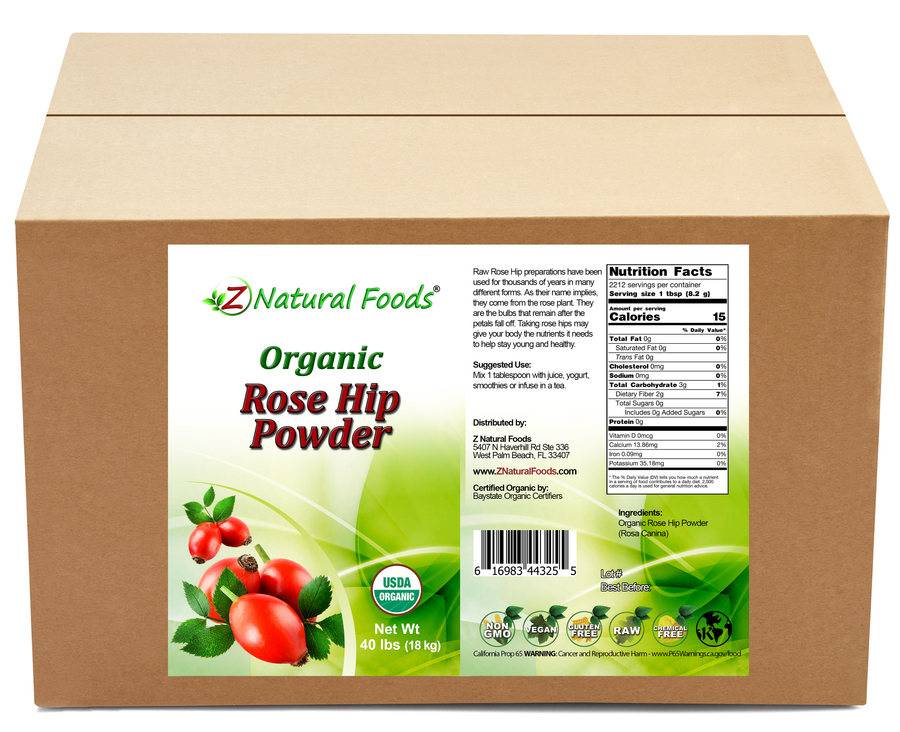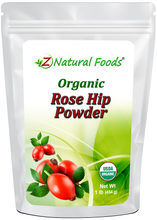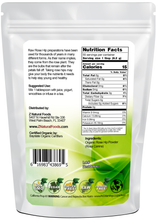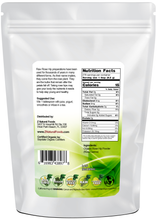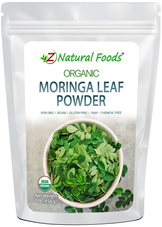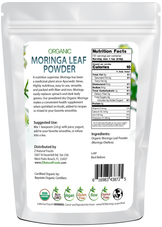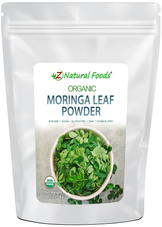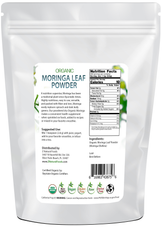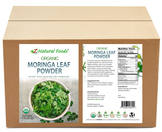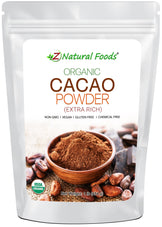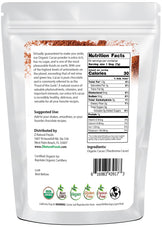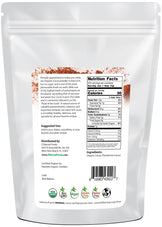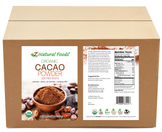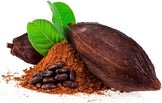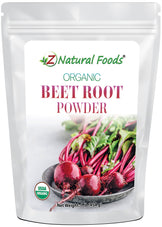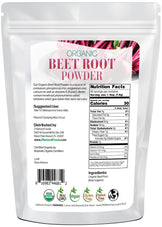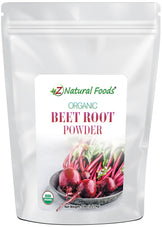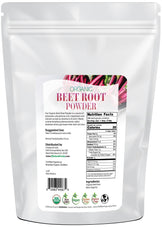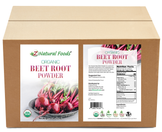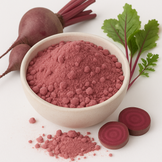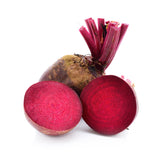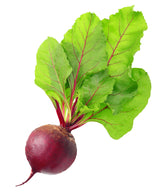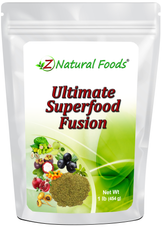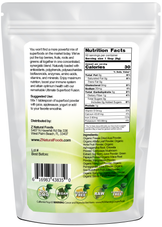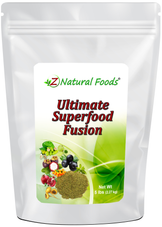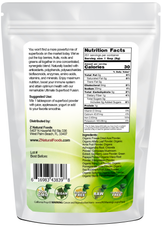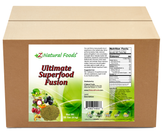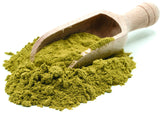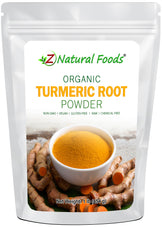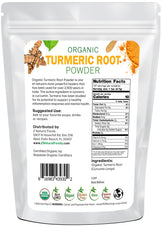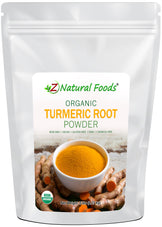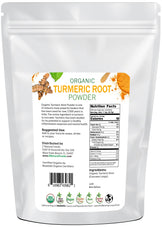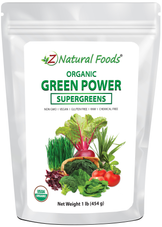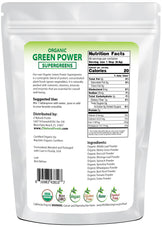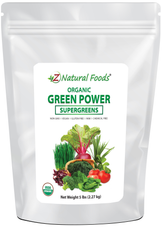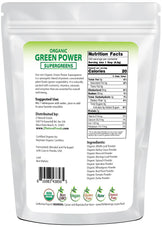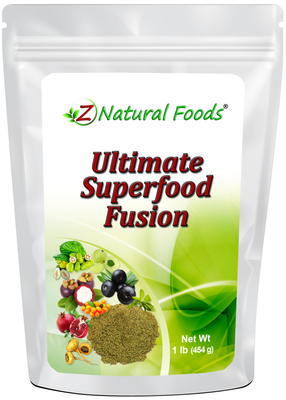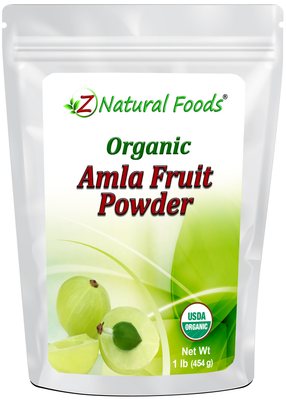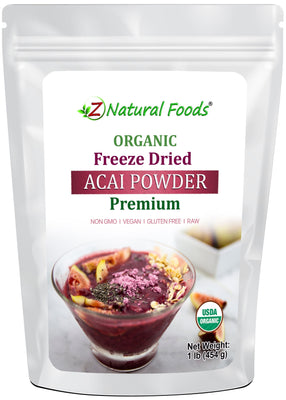About Product
Organic Rosehip Powder is made from the seed pods of the wild rose bush (Rosa canina), finely ground into a smooth, tangy powder. With its naturally tart flavor and bright aroma, it’s a versatile ingredient that can be stirred into teas, smoothies, and juices or added to jams, syrups, and sauces.
Lightweight and shelf-stable, rosehip powder is also a popular addition to baked goods, cereals, and desserts, where it adds both flavor and color. With its long history of culinary use across Europe and Asia, it offers a simple and natural way to enjoy the unique taste of rose hips year-round.
Constituents of Rose Hips include:
- Minerals: Calcium, Iron, Magnesium, Phosphorus, Potassium, Zinc, Copper, Manganese
- Vitamins: Vitamin C, Thiamin, Riboflavin, Niacin, Pantothenic Acid, Vitamin B-6, Folate, Choline, Betaine, Vitamin A (RAE), Beta & Alpha carotene, Cryptoxanthin beta Vitamin A (IU), Lutein & Zeaxanthin, Lycopene, Vitamin E, Beta Tocopherol, Gamma Tocopherol, Delta Tocopherol, Vitamin K
- Phytochemicals: Catechins, Flavonoids, Isoquercitrin, Leucoanthocyanins, Malic Acid, Pectins, Polyphenols, Quercetin, Tiliroside
This product is 100% natural and minimally processed. Taste, smell, texture, and color vary from batch to batch. Due to its nature, this powder tends to clump. If clumping occurs, lay the bag on a flat surface and place a towel over the bag. Then pound on the bag until the clumps break up. The towel will help protect the bag from damage.
Suggested Use: Mix one tablespoon with juice, and yogurt, add to your favorite smoothie or infuse in a tea.
Mixing Suggestions: To increase flavor and nutritional profile, combined with our organic acerola powder.
Botanical Name: Rosa canina.
Other Names: Dog Rose, Hip Tree, Wild Brier, Dog Brier, Rose Haw, and Rose Hep.
Parts Used: Whole, Rose Hip including seeds.
Ingredients: Raw Rose Hip.
Origin: Grown and dried in South Africa and packaged with care in Florida, USA.
Certifications: Certified USDA Organic.
How to Maintain Optimum Freshness
- This product is packaged in airtight stand-up, resealable foil pouches for optimum freshness.
- Once opened, push the air out of the pouch before resealing it to preserve maximum potency.
- Keep your powder in a cool, dark, dry place.
This product is 100% natural and minimally processed:
Taste, smell, texture, and color vary from batch to batch. Go here to learn why our products may naturally vary.
The important protections we take to bring you safe and nutritious superfoods:
Please go here to discover the essential steps we take to deliver fresh, quality nutrition.
Bulk Quantities?
Need to order a large quantity of our products? We are happy to help! Please get in touch with our Bulk department to discuss the details.
* Product packaging, pictures, and origin may vary.
Sources & References
1. M. B. Goldring and S. R. Goldring, "Osteoarthritis," Journal of Cellular Physiology, vol. 313, pp. 626"“634, 2007.
2. Y. Henrotin, C. Sanchez, and M. Balligand, "Pharmaceutical and nutraceutical management of canine osteoarthritis: present and future perspectives," Veterinary Journal, vol. 170, no. 1, pp. 113"“123, 2005.
3. J. A. Buckwalter, J. Martin, and H. J. Mankin, "Synovial joint degeneration and the syndrome of osteoarthritis," Instructional Course Lectures, vol. 49, pp. 481"“489, 2000.
4. M. B. Goldring, "The role of the chondrocyte in osteoarthritis," Arthritis and Rheumatism, vol. 43, no. 9, pp. 1916"“1926, 2000.
5. M. Shakibaei, "Inhibition of chondrogenesis by integrin antibody in vitro," Experimental Cell Research, vol. 240, no. 1, pp. 95"“106, 1998.
6. L. Cao, V. Lee, M. E. Adams et al., "β1-Integrin-collagen interaction reduces chondrocyte apoptosis," Matrix Biology, vol. 18, no. 4, pp. 343"“355, 1999.
7. M. Shakibaei, T. John, P. De Souza, R. Rahmanzadeh, and H. J. Merker, "Signal transduction by β1 integrin receptors in human chondrocytes in vitro: collaboration with the insulin-like growth factor-I receptor," Biochemical Journal, vol. 342, no. 3, pp. 615"“623, 1999.
8. M. Shakibaei, G. Schulze-Tanzil, P. De Souza et al., "Inhibition of mitogen-activated protein kinase kinase induces apoptosis of human chondrocytes," The Journal of Biological Chemistry, vol. 276, no. 16, pp. 13289"“13294, 2001.
9. P. G. Todhunter, S. A. Kincaid, R. J. Todhunter et al., "Immunohistochemical analysis of an equine model of synovitis-induced arthritis," American Journal of Veterinary Research, vol. 57, no. 7, pp. 1080"“1093, 1996.
10. T. Aigner, K. Fundel, J. Saas et al., "Large-scale gene expression profiling reveals major pathogenetic pathways of cartilage degeneration in osteoarthritis," Arthritis and Rheumatism, vol. 54, no. 11, pp. 3533"“3544, 2006.
11. K. J. Smith, A. L. Bertone, S. E. Weisbrode, and M. Radmacher, "Gross, histologic, and gene expression characteristics of osteoarthritic articular cartilage of the metacarpal condyle of horses," American Journal of Veterinary Research, vol. 67, no. 8, pp. 1299"“1306, 2006.
12. K. von der Mark, T. Kirsch, A. Nerlich et al., "Type X collagen synthesis in human osteoarthritic cartilage: indication of chondrocyte hypertrophy," Arthritis and Rheumatism, vol. 35, no. 7, pp. 806"“811, 1992.
13. F. J. Blanco, R. Guitian, E. Vázquez-Martul, F. J. De Toro, and F. Galdo, "Osteoarthritis chondrocytes die by apoptosis: a possible pathway for osteoarthritis pathology," Arthritis and Rheumatism, vol. 41, no. 2, pp. 284"“289, 1998.
14. M. B. Goldring, "The role of cytokines as inflammatory mediators in osteoarthritis: lessons from animal models," Connective Tissue Research, vol. 40, no. 1, pp. 1"“11, 1999.
15. J. R. Robbins, B. Thomas, L. Tan, et al., "Immortalized human adult articular chondrocytes maintain cartilage-specific phenotype and responses to interleukin-1β," Arthritis and Rheumatism, vol. 43, no. 10, pp. 2189"“2201, 2000.
16. A. Kumar, Y. Takada, A. M. Boriek, and B. B. Aggarwal, "Nuclear factor-κB: its role in health and disease," Journal of Molecular Medicine, vol. 82, no. 7, pp. 434"“448, 2004.
17. K. Riehemann, B. Behnke, and K. Schulze-Osthoff, "Plant extracts from stinging nettle (Urtica dioica), an antirheumatic remedy, inhibit the proinflammatory transcription factor NF-κB," FEBS Letters, vol. 442, no. 1, pp. 89"“94, 1999.
18. S. Murakami, V. Lefebvre, and B. De Crombrugghe, "Potent inhibition of the master chondrogenic factor Sox9 gene by interleukin-1 and tumor necrosis factor-α," The Journal of Biological Chemistry, vol. 275, no. 5, pp. 3687"“3692, 2000.
19. D. M. Gerlag, L. Ransone, P. P. Tak et al., "The effect of a T cell-specific NF-κB inhibitor on in vitro cytokine production and collagen-induced arthritis," Journal of Immunology, vol. 165, no. 3, pp. 1652"“1658, 2000.
20. N. G. Murphy and R. B. Zurier, "Treatment of rheumatoid arthritis," Current Opinion in Rheumatology, vol. 3, no. 3, pp. 441"“448, 1991.
21. K. P. Khalsa, "Frequently asked questions (FAQ)," Journal of Herbal Pharmacotherapy, vol. 6, no. 1, pp. 77"“87, 2006.
22. S. N. Willich, K. Rossnagel, S. Roll et al., "Rose hip herbal remedy in patients with rheumatoid arthritis"”a randomised controlled trial," Phytomedicine, vol. 17, no. 2, pp. 87"“93, 2010.
23. X. Tao, H. Schulze-Koops, L. Ma, J. Cai, Y. Mao, and P. E. Lipsky, "Effects of Tripterygium wilfordii Hook F extracts on induction of cyclooxygenase 2 activity and prostaglandin E2 production," Arthritis and Rheumatism, vol. 41, no. 1, pp. 130"“138, 1998.
24. N. Lin, T. Sato, and A. Ito, "Triptolide, a novel diterpenoid triepoxide from Tripterygium wilfordii Hook. f., suppresses the production and gene expression of pro-matrix metalloproteinases 1 and 3 and augments those of tissue inhibitors of metalloproteinases 1 and 2 in human synovial fibroblasts," Arthritis and Rheumatism, vol. 44, no. 9, pp. 2193"“2200, 2001.
25. L. W. Whitehouse, M. Znamirowska, and C. J. Paul, "Devil's Claw (Harpagophytum procumbens): no evidence for anti-inflammatory activity in the treatment of arthritic disease," Canadian Medical Association Journal, vol. 129, no. 3, pp. 249"“251, 1983.
26. C. L. Shen, K. J. Hong, and S. W. Kim, "Effects of ginger (Zingiber officinale Rosc.) on decreasing the production of inflammatory mediators in sow osteoarthrotic cartilage explants," Journal of Medicinal Food, vol. 6, no. 4, pp. 323"“328, 2003.
27. L. C. Mishra, B. B. Singh, and S. Dagenais, "Scientific basis for the therapeutic use of Withania somnifera (ashwagandha): a review," Alternative Medicine Review, vol. 5, no. 4, pp. 334"“346, 2000. View at Scopus
28. E. Ernst, "Complementary and alternative medicine in rheumatology," Best Practice and Research, vol. 14, no. 4, pp. 731"“749, 2000.
29. L. Long, K. Soeken, and E. Ernst, "Herbal medicines for the treatment of osteoarthritis: a systematic review," Rheumatology, vol. 40, no. 7, pp. 779"“793, 2001.
30. J. E. Chrubasik, B. D. Roufogalis, H. Wagner, and S. A. Chrubasik, "A comprehensive review on nettle effect and efficacy profiles, Part I: herba urticae," Phytomedicine, vol. 14, no. 6, pp. 423"“435, 2007.
31. G. Schulze-Tanzil, P. De Souza, B. Behnke, S. Klingelhoefer, A. Scheid, and M. Shakibaei, "Effects of the antirheumatic remedy Hox alpha"”a new stinging nettle leaf extract"”on matrix metalloproteinases in human chondrocytes in vitro," Histology and Histopathology, vol. 17, no. 2, pp. 477"“485, 2002.
32. M. Shakibaei and P. De Souza, "Differentiation of mesenchymal limb bud cells to chondrocytes in alginate beads," Cell Biology International, vol. 21, no. 2, pp. 75"“86, 1997.
33. M. Shakibaei, T. John, G. Schulze-Tanzil, I. Lehmann, and A. Mobasheri, "Suppression of NF-κB activation by curcumin leads to inhibition of expression of cyclo-oxygenase-2 and matrix metalloproteinase-9 in human articular chondrocytes: implications for the treatment of osteoarthritis," Biochemical Pharmacology, vol. 73, no. 9, pp. 1434"“1445, 2007.
34. S. Miyamoto, M. Maki, M. J. Schmitt, M. Hatanaka, and I. M. Verma, "Tumor necrosis factor α-induced phosphorylation of IκBα is a signal for its degradation but not dissociation from NF-κB," Proceedings of the National Academy of Sciences of the United States of America, vol. 91, no. 26, pp. 12740"“12744, 1994.
35. A. Vinitsky, C. Michaud, J. C. Powers, and M. Orlowski, "Inhibition of the chymotrypsin-like activity of the pituitary multicatalytic proteinase complex," Biochemistry, vol. 31, no. 39, pp. 9421"“9428, 1992.
36. R. O. Sanderson, C. Beata, R. M. Flipo et al., "Systematic review of the management of canine osteoarthritis," Veterinary Record, vol. 164, no. 14, pp. 418"“424, 2009. View at Scopus
37. T. P. N. Talorete, M. Bouaziz, S. Sayadi, and H. Isoda, "Influence of medium type and serum on MTT reduction by flavonoids in the absence of cells," Cytotechnology, vol. 52, no. 3, pp. 189"“198, 2006.
38. M. Shakibaei, P. De Souza, and H. J. Merker, "Integrin expression and collagen type II implicated in maintenance of chondrocyte shape in monolayer culture: an immunomorphological study," Cell Biology International, vol. 21, no. 2, pp. 115"“125, 1997.
39. A. Mobasheri, S. D. Carter, P. MartÃn-Vasallo, and M. Shakibaei, "Integrins and stretch activated ion channels; putative components of functional cell surface mechanoreceptors in articular chondrocytes," Cell Biology International, vol. 26, no. 1, pp. 1"“18, 2002.
40. S. M. Albelda and C. A. Buck, "Integrins and other cell adhesion molecules," The FASEB Journal, vol. 4, no. 11, pp. 2868"“2880, 1990. View at Scopus
41. J. P. Schmitz, D. D. Dean, Z. Schwartz et al., "Chondrocyte cultures express matrix metalloproteinase mRNA and immunoreactive protein; stromelysin-1 and 72 kDa gelatinase are localized in extracellular matrix vesicles," Journal of Cellular Biochemistry, vol. 61, no. 3, pp. 375"“391, 1996.
42. D. H. Manicourt, N. Fujimoto, K. Obata, and E. J. M. A. Thonar, "Levels of circulating collagenase, stromelysin-1, and tissue inhibitor of matrix metalloproteinases 1 in patients with rheumatoid arthritis: relationship to serum levels of antigenic keratan sulfate and systemic parameters of inflammation," Arthritis and Rheumatism, vol. 38, no. 8, pp. 1031"“1039, 1995.
43. G. Keyszer, I. Lambiri, R. Nagel et al., "Circulating levels of matrix metalloproteinases MMP-3 and MMP-1, tissue inhibitor of metalloproteinases 1 (TIMP-1), and MMP-1/TIMP-1 complex in rheumatic disease. Correlation with clinical activity of rheumatoid arthritis versus other surrogate markers," The Journal of Rheumatology, vol. 26, no. 2, pp. 251"“258, 1999. View at Scopus
44. I. C. Chikanza and L. Fernandes, "Novel strategies for the treatment of osteoarthritis," Expert Opinion on Investigational Drugs, vol. 9, no. 7, pp. 1499"“1510, 2000. View at Scopus
45. E. Nédélec, A. Abid, C. Cipolletta et al., "Stimulation of cyclooxygenase-2-activity by nitric oxide-derived species in rat chondrocyte: lack of contribution to loss of cartilage anabolism," Biochemical Pharmacology, vol. 61, no. 8, pp. 965"“978, 2001.
46. C. Csaki, N. Keshishzadeh, K. Fischer, and M. Shakibaei, "Regulation of inflammation signalling by resveratrol in human chondrocytes in vitro," Biochemical Pharmacology, vol. 75, no. 3, pp. 677"“687, 2008.
47. C. Csaki, A. Mobasheri, and M. Shakibaei, "Synergistic chondroprotective effects of curcumin and resveratrol in human articular chondrocytes: inhibition of IL-1beta-induced NF-kappaB-mediated inflammation and apoptosis," Arthritis Research & Therapy, vol. 11, no. 6, article R165, 2009.
48. K. Yamamoto, T. Arakawa, N. Ueda, and S. Yamamoto, "Transcriptional roles of nuclear factor κB and nuclear factor-interleukin-6 in the tumor necrosis factor α-dependent induction of cyclooxygenase-2 in MC3T3-E1 cells," The Journal of Biological Chemistry, vol. 270, no. 52, pp. 31315"“31320, 1995.
49. M. Hebbar, J.-P. Peyrat, L. Hornez, P.-Y. Hatron, E. Hachulla, and B. Devulder, "Interleukin-1 induction of collagenase 3 (matrix metalloproteinase 13) gene expression in chondrocytes requires p38, c-Jun N-terminal kinase, and nuclear factor κB: differential regulation of collagenase 1 and collagenase 3," Arthritis and Rheumatism, vol. 43, no. 4, pp. 801"“811, 2000.
50. K. W. McIntyre, D. J. Shuster, K. M. Gillooly et al., "A highly selective inhibitor of IκB kinase, BMS-345541, blocks both joint inflammation and destruction in collagen-induced arthritis in mice," Arthritis and Rheumatism, vol. 48, no. 9, pp. 2652"“2659, 2003.
51. I. Kou and S. Ikegawa, "SOX9-dependent and -independent transcriptional regulation of human cartilage link protein," The Journal of Biological Chemistry, vol. 279, no. 49, pp. 50942"“50948, 2004.
52. http://science.naturalnews.com
53. http://news.bbc.co.uk
54. http://www.nursinginpractice.com
55. http://www.telegraph.co.uk
56. http://www.naturalnews.com/043134_vitamin_C_intravenous_infusions_COPD.html
57. http://www.eurekalert.org/pub_releases/2013-11/aps-vcc110713.php
58. http://ajpregu.physiology.org/content/ajpregu/early/2013/09/20/ajpregu.00360.2013.full.pdf
59. http://www.vitamincfoundation.org/NaturalC.pdf
60. http://lpi.oregonstate.edu/infocenter/vitamins/vitaminC/vitCform.html
61. C. A. Séguin and S. M. Bernier, "TNFalpha suppresses link protein and type II collagen expression in chondrocytes: role of MEK1/2 and NF-kappaB signaling pathways," Journal of Cellular Physiology, vol. 197, no. 3, pp. 356"“369, 2003. View at Scopus
62. http://www.ars.usda.gov/main/site_main.htm?modecode=80-40-05-25
63. http://www.ars-grin.gov/duke/
* Reviews & Success Stories Disclaimer
Product reviews solely reflect the views and opinions expressed by the contributors and not those of Z Natural Foods. Z Natural Foods does not verify or endorse any claims made in these reviews. Statements have not been evaluated by the FDA and are not intended to diagnose, treat, cure, or prevent any disease or health condition.REFERRAL PROGRAM
Share your personal link to your friends and welcome them with rewards. Claim yours when they make their first purchase.

GIVE
$10 off discount

GET
$10 off discount
